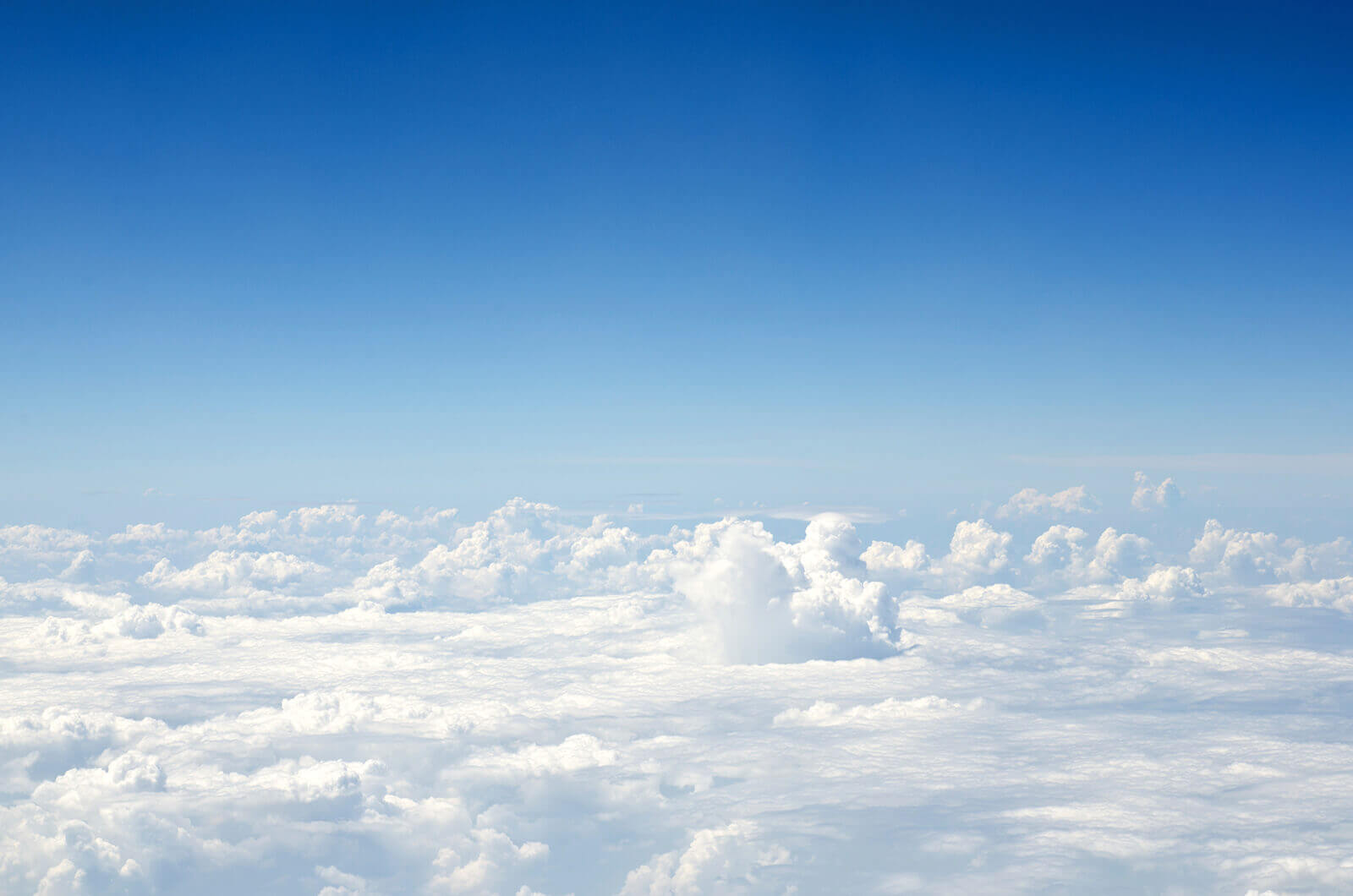
Cheap flights to Gisborne
Find cheap flights to Gisborne with Cheapflights
1. Tell us where you want to go
Enter your travel information like dates, passengers, trip type (one-way or round trip), and preferred cabin class then click “Find deals”2. Select your favorite providers
We find the providers serving your travel needs. Choose up to four travel providers to compare side-by-side for flights, hotels, or car rentals.3. Compare prices and book
Review each provider’s pricing and select the best option for you! Book through your favorite provider’s website for a seamless experience.Best time to book a flight to Gisborne
Have a flexible travel schedule? Discover the best time to fly to Gisborne with our price prediction graph.
Cheapflights Insights
Everything you need to know about your flight to Gisborne
Rainfall in Gisborne by month
Plan your trip to Gisborne by taking into account the average rainfall totals by month.
In terms of precipitation, rainfall in Gisborne ranges from 2.0 - 4.7 inches per month. May is typically the wettest month, when rainfall can reach 4.7 in. November is typically the driest time to visit Gisborne when rainfall is around 2.0 in.
Temperature in Gisborne by month
Plan your trip to Gisborne by taking into account the average temperature totals by month.
If weather is an important factor for your trip to Gisborne, use this chart to help with planning. For those seeking warmer temperatures, January is the ideal time of year to visit, when temperatures reach an average of 66.2 F. Travelers looking to avoid the cold should look outside of June, when temperatures are typically at their lowest (around 50.0 F).
FAQs about flying to Gisborne
Best Time to Fly to Gisborne, New Zealand
Peak season on the North Island of New Zealand runs from around December through to March, and accommodations will accordingly be more expensive during this time. However, the weather will also be warm and all attractions will be open, making it a great time to visit anyway. Try April or November for good weather and cheaper deals on hotels, while even July and August can be fine for outdoor activities.
Getting around Gisborne, New Zealand
Gisborne has an excellent local bus system which is known to be reliable and extensive. Get hold of a map when you arrive at the airport. There are also some cycling trails to follow. However, for total mobility and access to Auckland and attractions like Morere, a rental car is essential.